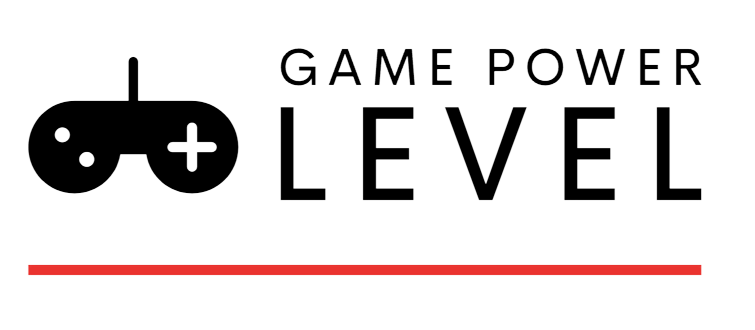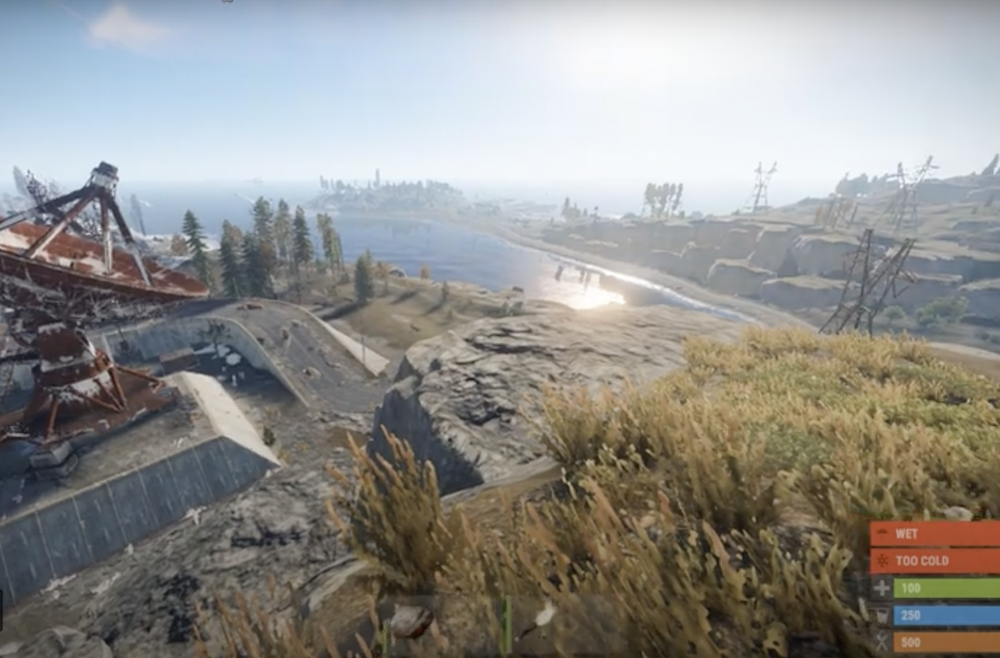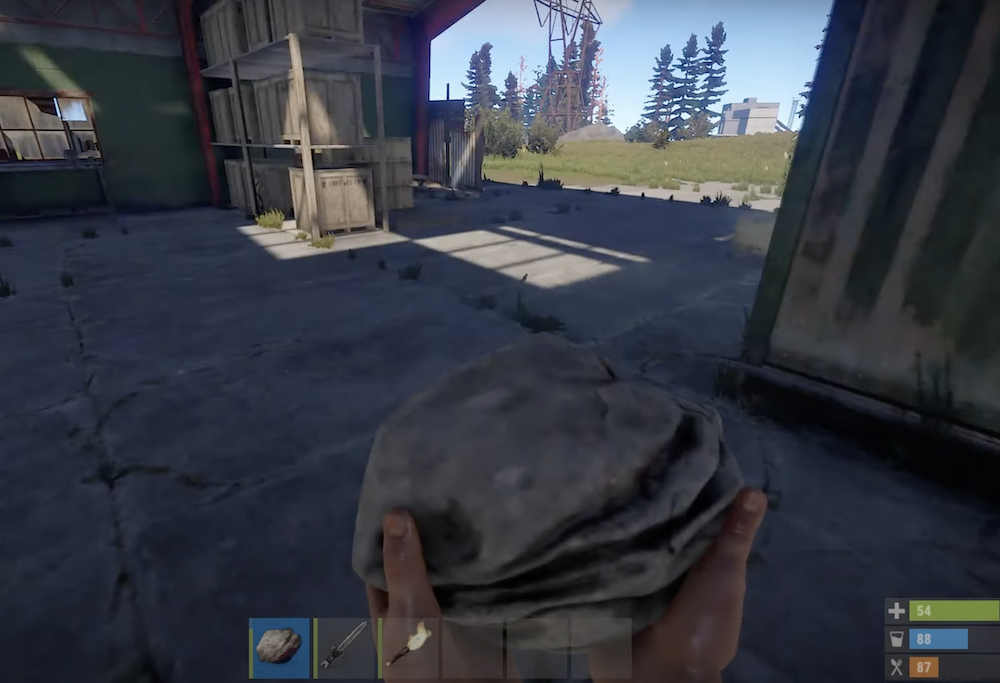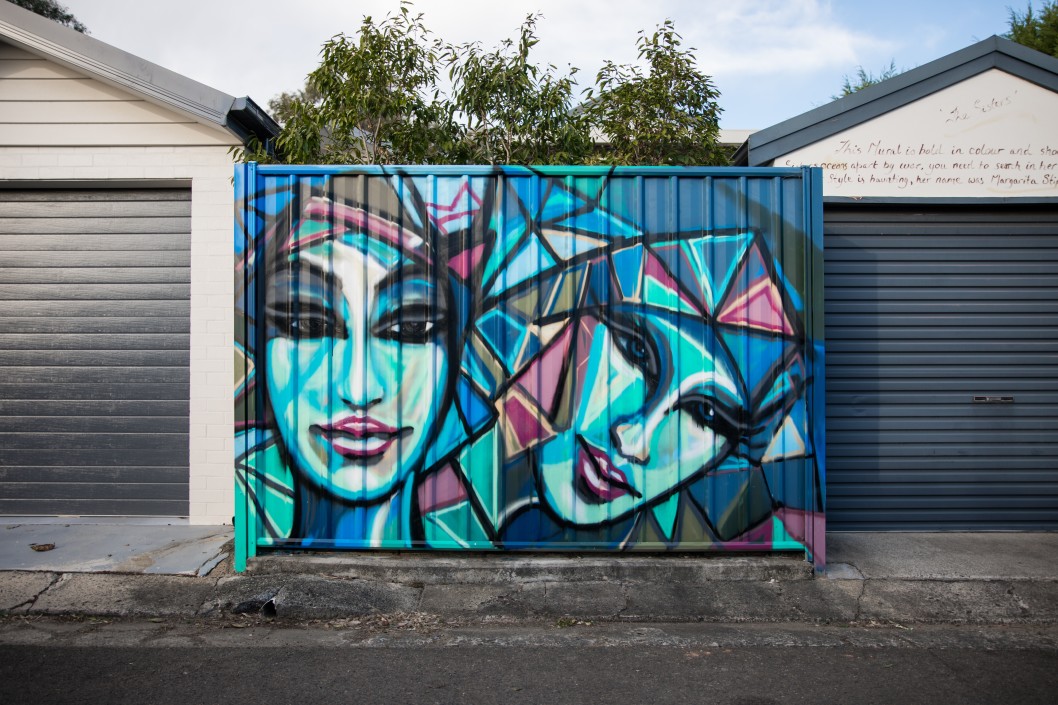How to Get Cloth in Rust
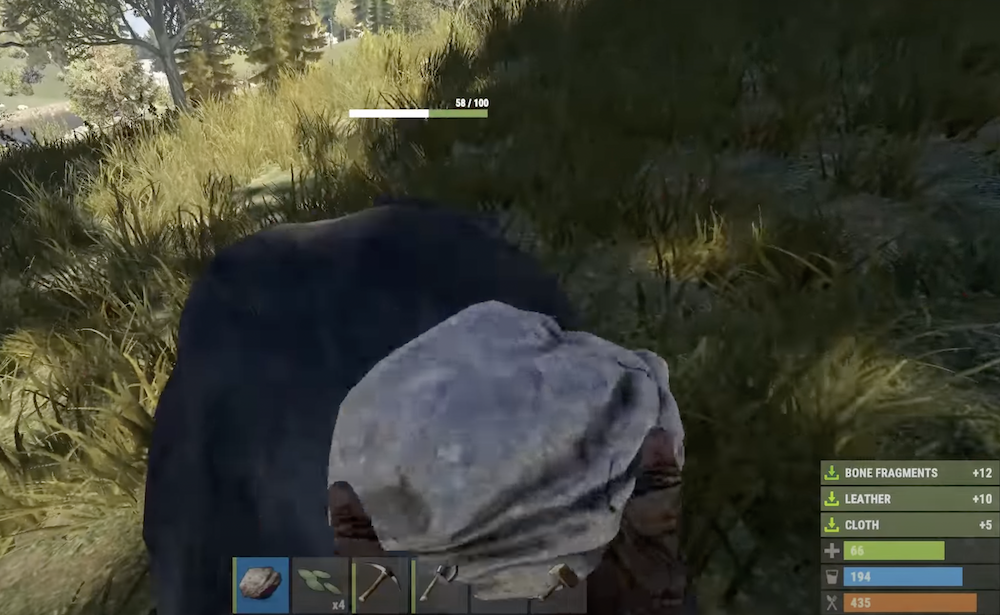
In Rust, it is a regular and fundamental asset. You need it to create various things such as low-level weapons, sleeping packs, wraps, and clothing. Additionally, you can use cloth to create items such as Low-Grade Fuel and Syringes. Hence, you will need to constantly stock up on cloth. Here are a few tips for you to get started. Once you have sufficient amounts of cloth, you can start crafting items in no time.
Hemp plants
You'll need to know how to get hemp plants in Rust if you want to craft clothes. While growing hemp outdoors will produce a small amount of cloth, you'll have to be careful not to let passing players steal it. Instead, grow hemp indoors and make use of planters to protect your crops. You can even use cuttings to increase your crop yield. If you want to get more cloth, read advanced farming guides that point out other strategies.
Growing hemp requires a soil that leans toward the alkaline side. For best results, the pH level should be between seven and 7.5. If you're growing plants in rusty soil, don't worry too much about the condition of the soil; hemp's roots aerate the soil so it's more fertile. Then, you can start harvesting the hemp leaves. This process will take a couple of weeks, but you'll be able to harvest enough for Crafting.
When you're harvesting Hemp leaves, you'll notice a star-shaped pattern on the leaves. These plants are easy to identify. To harvest them, just hold down the E key and mouch over them. This will yield a Hemp Seed and two to ten cloth. Once the seeds are harvested, you can use the hemp plant's seed to start another plant. It is also possible to harvest the seeds that were left in the plant. This method is less precise than the previous two, but it does yield higher yields.
Hemp can be harvested by both humans and animals. Using a stone hatchet, you can kill a creature and carve the cloth from its corpse. Then, when you harvest Hemp in Rust, you'll receive Hemp Seeds, which you can plant. These seeds can be planted in a nearby patch to grow more Hemp plants. Remember, though, that farming cloth can be impractical until you build a shelter.
The other method is to search for Hemp on your own. Grassland and Forest areas are great places to find Hemp. Then, you can set up camp close to areas that are dense with Hemp. You'll likely be rewarded with more than you could have previously gathered. But if you find the right spot and don't want to hunt, you can also scout for Hemp using a resource locator.
Growing plants is a cornerstone in Rust, but you'll need more bases to be able to afford them. Casual farmers should be careful to learn about crossbreeding. These processes improve the efficiency and output of grow operations. While it may sound intimidating, it is well worth it. But if you're not sure about these techniques, start small and see if you can improve the results!
Animal skins
You can get animal skins by skinning them. When you skin an animal, you will receive Animal Fat, Bones, and the species-specific Pelt. Pelts can be used to craft items such as Headdresses and Rugs. Skins can also be used to craft Bone Helmets. The top five harvesting tools will help you get more skins in less time.
Fauna in RUST is a huge resource for the early game, providing bones, cloth, and food. However, you may find it easier to kill animals in PvP servers. You should be very careful when hunting animals, though. Even in non-PvP servers, it is a good idea to keep an eye out for hostile animals. These creatures are often aggressive and will attack you if you do damage to them with ranged weapons.
Recycling
Cloth is one of the most important resources in Rust. You need it to craft many things, including low-level weapons, sleeping bags, armor, bandages, and more. This resource is also used to make Low-Grade Fuel and Syringes. Thankfully, there are several ways to get cloth in Rust. Below are the most common ones. You can also recycle cloth into other materials. Here are some of the most common ways to recycle cloth in Rust.
The recycler is in a small building near the scrapyard crane. It's inside a rusted building with a smashed floor. To enter, you need to walk through the red door located outside the entrance of the tunnel. The recycling cloth you find here is recycled in different materials, including rags, clothing, and even furniture. It's also available to repair cars and other scrap metal. To get to the recycler, head to the small building and open the door.
The best way to recycle metal springs is to cut the ends of these items into small pieces. You'll get a good amount of scrap and quality metal when you do this. You can usually harvest between 10 and 15 cloth per spring. You can also try to use rope instead of springs. However, rope is more commonly used and should be recycled sparingly. Using a rope will yield you fifteen cloth. That's quite an amazing return for such a small piece of cloth.
Another great way to get cloth is to farm. While farming is the fastest way to mass-produce cloth, it takes time and patience. Hemp seeds can be planted in the ground, and player-made planter boxes are also great places to grow hemp plants. Then, you can craft more cloth by using the cloth you make. You can sell the finished cloth to other players for a small profit. The best part of farming cloth in Rust is the sheer variety you can choose from.
